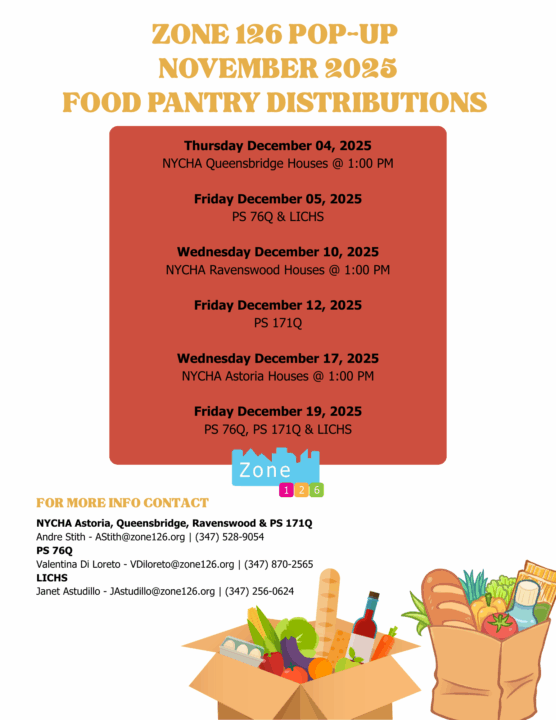Children of A Lesser God?
When children live and learn in poverty does it matter if it’s low, moderate, high or extreme?
New York City has a larger number of people living in poverty today than it has since 1970. Thirty percent of all children in the city were living in census tracts with concentrated poverty. In Astoria’s peninsula, the poverty rate increased more than 10 percentage points in years 2011-2015 and children were more likely than adults to live in high and extreme-poverty neighborhoods during the same years (Source: NYU Furman Center State of New York City’s Housing & Neighborhoods in 2016 ). Back in 1991, Jonathan Kozol’s Savage Inequalities delivered a searing examination of the extremes of wealth and poverty and calls into question the reality of equal opportunity in our nation’s schools. Higher poverty neighborhoods have schools in which fewer children were performing at grade level in English language arts (ELA) and math on fourth grade standardized tests. Twenty-seven years later, there still is a strong negative correlation between neighborhood poverty levels and school quality.
Children of black and Latinx New Yorkers make up a higher share of the residents in higher poverty neighborhoods than other New Yorkers. Compared to poor Asian and white New Yorkers, the typical poor black and Latinx New Yorker lives in a neighborhood with a higher poverty rate, a much higher violent crime rate, schools with lower test scores, increased housing code violations, a higher rate of unemployment, and fewer college educated residents. The typical poor white New Yorker lives in a neighborhood that performs better on all of these measures than the typical non-poor New Yorker. ( Source: NYU Furman Center State of New York City’s Housing & Neighborhoods in 2016 ).
It’s not just the Color lines of socioeconomic status that is the culprit although it plays a part. It is the reluctance of people, especially those with power and privilege who live or will move into Astoria and Long Island City, and perceive those different from themselves through their own culturally clouded vision. While this inability is particularly destructive to low-income communities—and the schools that serve them—It can form the backdrop of a movement for change where re-locators and NYCDOE “Lifers” learn to view and treat “other people’s children” as they do their own. (Source: Other People’s Children, Lisa Delp)
Race has shaped our regions, creating places that offer profoundly unequal opportunities to their residents. In Astoria and Long Island City, the deep economic divide between “haves” and “have-nots” is clearly visible in the schools that serve the children from the Queensbridge, Ravenswood and Astoria Houses. So, in many ways, race remains our deepest divide.
Effective strategies to build healthy, vibrant, sustainable communities must address both race and place, openly and authentically. Race is a central and a necessary consideration for building a healthy movement that demonstrates the affection an entire community has for all of its children.
